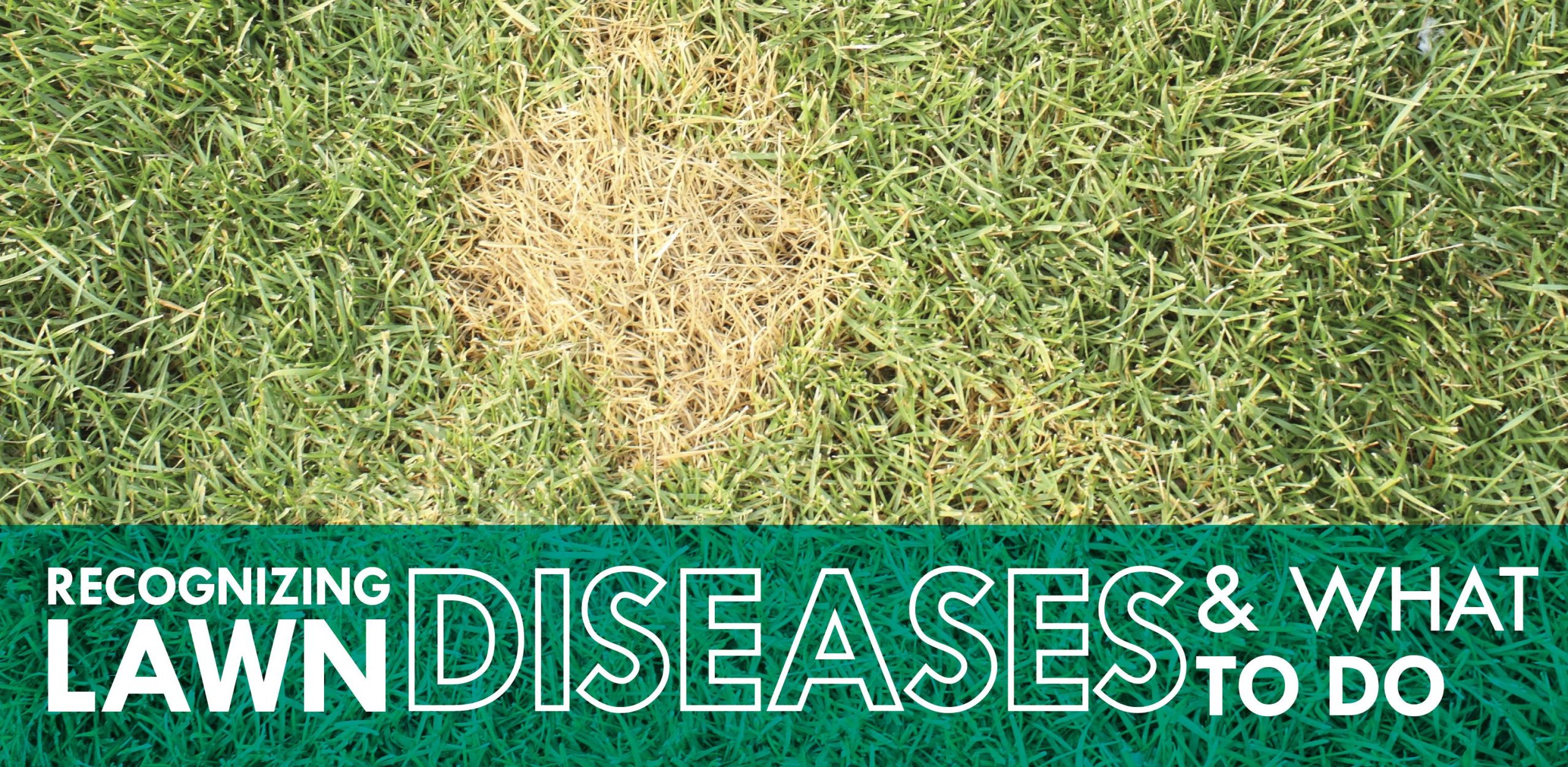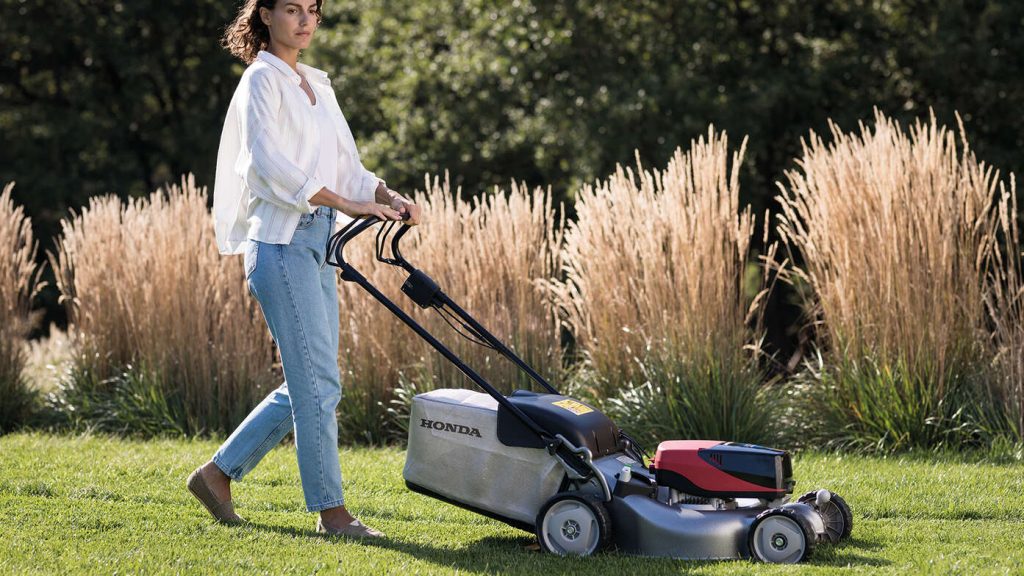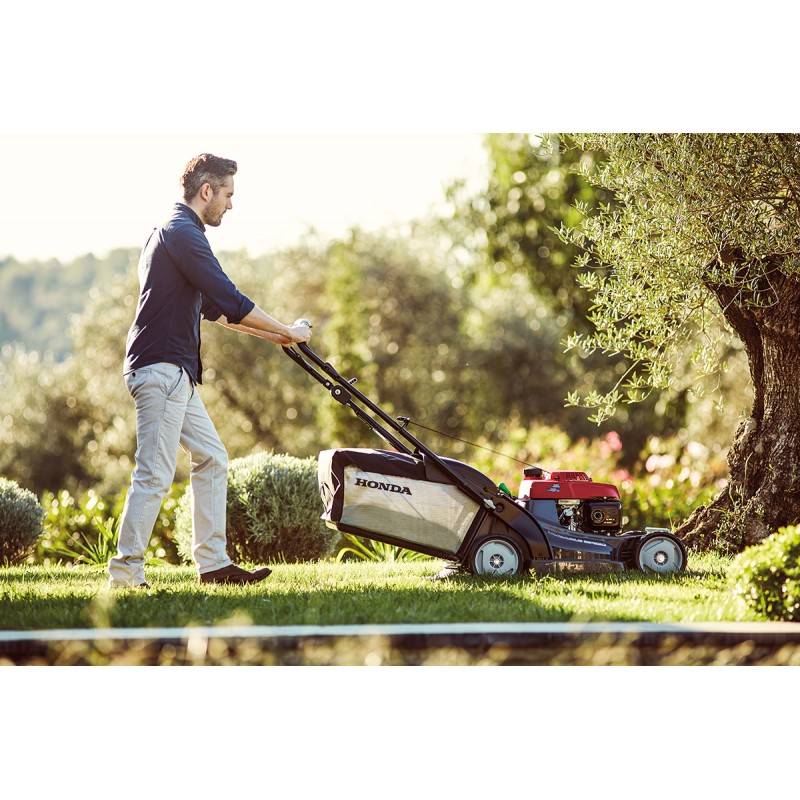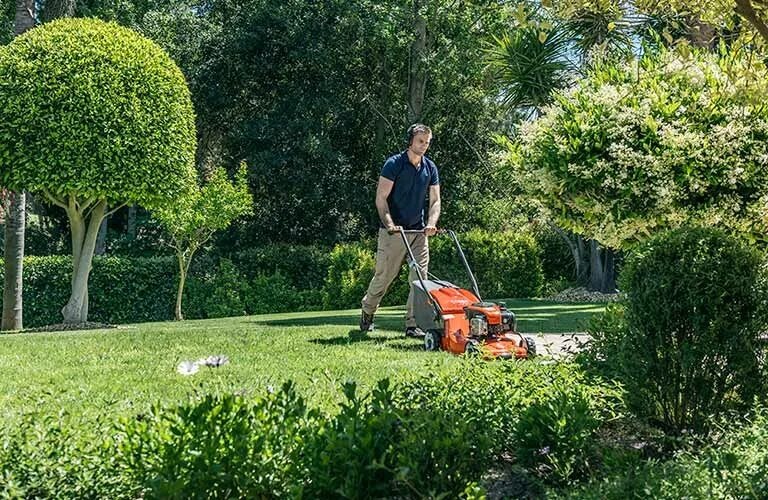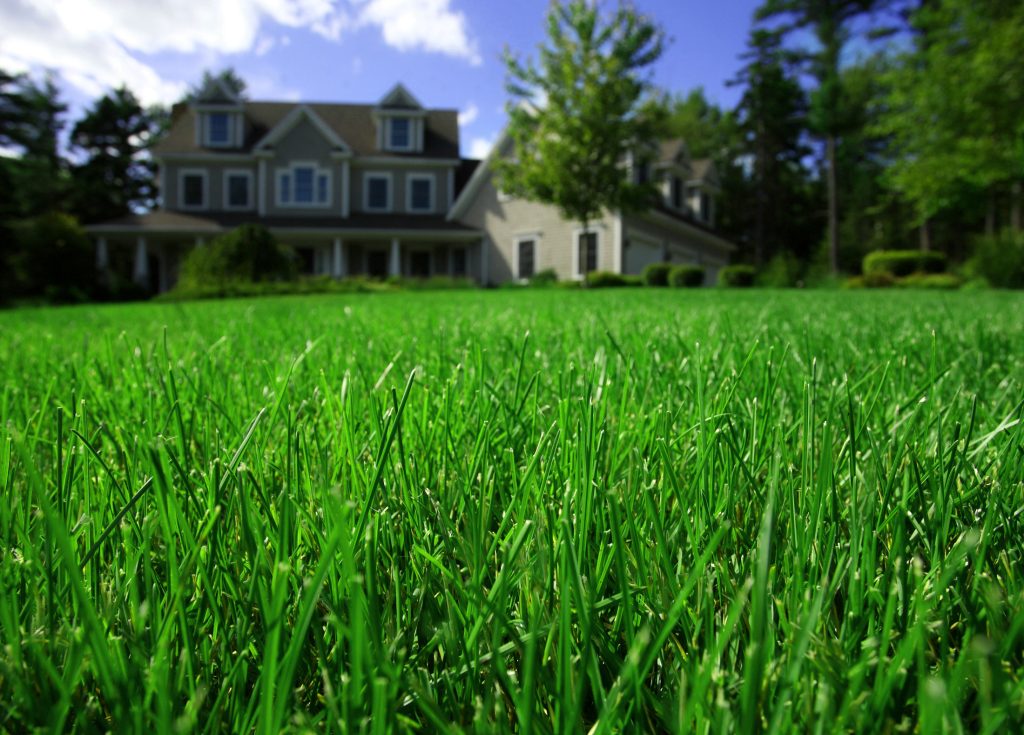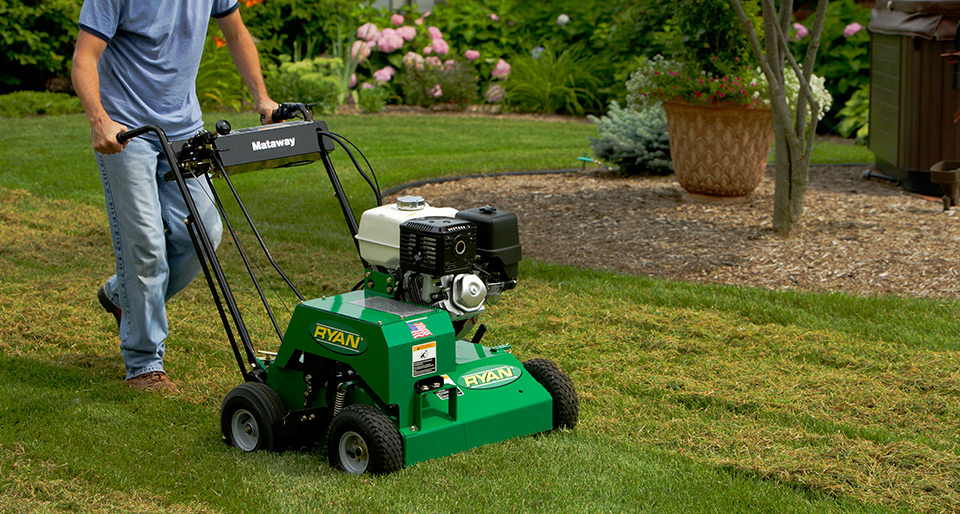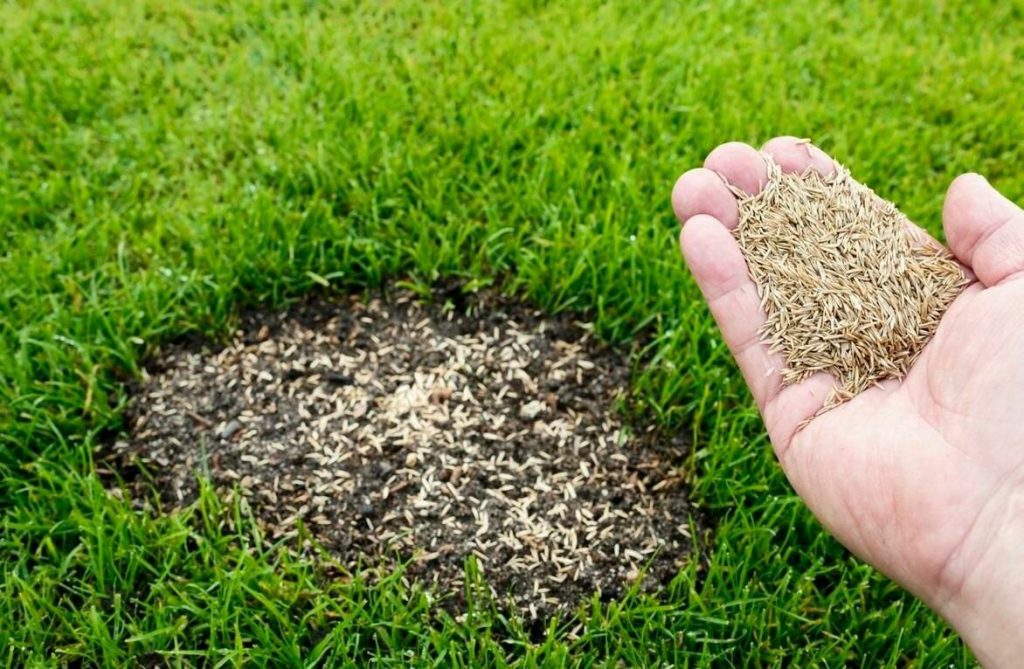If you’ve noticed your shoes or lawn mower turning orange after walking through your yard, chances are your lawn is dealing with lawn rust. This common fungal disease affects grass blades, leaving them coated in a rusty powder that weakens turf over time. In Indiana, changing weather conditions warm days, cool nights, and high humidity create the perfect environment for lawn rust to spread.
The good news? With the right lawn rust treatment, you can stop the disease before it damages your entire yard. Spotting lawn rust early and taking action is the key to restoring and maintaining a healthy lawn.
Steps for Treating Lawn Rust
Improve Airflow and Mowing Habits
The fungus that causes lawn rust thrives in damp, shaded conditions. Start by improving airflow in your lawn. Trim back overhanging trees or bushes that trap moisture, and avoid overcrowding your grass with excessive seeding.
Mowing also plays an important role in lawn rust treatment. Keep your mower blades sharp to prevent tearing grass, which makes it more vulnerable to disease. Adjust mowing height to about 2.5–3 inches, giving your lawn enough length to photosynthesize without creating too much shade at the soil level.
Use Nitrogen-Rich Fertilizer
Lawn rust often appears in grass that is underfed or stressed. Applying a nitrogen-rich fertilizer helps grass grow more vigorously, outcompeting the fungus. Fast-growing, healthy blades can replace the damaged ones more quickly.
For Indiana homeowners, applying fertilizer in late summer or early fall can be particularly effective since this coincides with the period when cool-season grasses, like Kentucky bluegrass and fescue, naturally thrive. Always follow product instructions carefully to avoid over-fertilization, which can create other issues.
Best Products for Lawn Rust Treatment
Fungicides vs. Natural Options
In mild cases, simply improving cultural practices like mowing, watering, and fertilizing may be enough to clear up lawn rust. However, for more severe infestations, fungicides can provide faster results.
- Fungicides: Look for products containing propiconazole, myclobutanil, or azoxystrobin. These are commonly recommended for treating turfgrass diseases and are available at most garden centers.
- Natural Options: For homeowners who prefer eco-friendly care, organic compost teas or neem oil sprays can sometimes slow the spread of fungal spores. While natural options may not work as quickly as fungicides, they support long-term soil health.
Product Examples for Indiana Lawns
Some effective fungicides for Indiana lawns include:
- Scotts DiseaseEx Lawn Fungicide – easy-to-use granular application.
- BioAdvanced Fungus Control for Lawns – provides long-lasting protection.
- Bonide Infuse Systemic Disease Control – effective for recurring lawn rust problems.
Always apply treatments during cooler parts of the day and water your lawn afterward, if recommended, to help the product absorb into the soil.
Prevention Tips
Long-Term Care Strategy
The best lawn rust treatment is prevention. Creating a year-round care plan helps reduce stress on your lawn, making it more resilient to diseases. Core aeration, overseeding, and seasonal fertilization are excellent ways to build thicker, healthier turf that resists fungal problems.
Watering in the Morning, Not at Night
Moisture is the main fuel for lawn rust. Watering in the evening leaves grass wet overnight, giving the fungus hours to grow and spread. Instead, water your lawn early in the morning. This allows grass to absorb moisture during the day while ensuring blades dry before nightfall.
A deep watering schedule about 1 inch of water per week encourages strong root growth while preventing the shallow, damp conditions that lawn rust thrives on.
Want professional help restoring your yard? Book a lawn rust assessment with C & L Lawn Care and let our experts design a treatment plan tailored to Indiana lawns.
Common FAQs About Lawn Rust
Is lawn rust contagious to other plants?
Lawn rust primarily affects grass species and is not harmful to flowers, shrubs, or trees. However, it can spread quickly across a lawn if left untreated, moving from one patch of grass to another.
Will winter kill lawn rust?
Yes, freezing winter temperatures in Indiana typically stop lawn rust activity. However, the fungus spores can remain dormant in soil and plant matter, re-emerging the following season if conditions are favorable. That’s why preventive care in spring and fall is so important.
A Healthier Lawn Starts with the Right Treatment
Lawn rust may look alarming, but with timely care, it doesn’t have to ruin your yard. By improving airflow, mowing properly, feeding your lawn, and using the right products, you can stop the spread and restore lush, green grass. Preventive practices like morning watering and consistent fertilization are your best defenses against future outbreaks.
If you’re dealing with stubborn lawn rust or want to ensure long-term lawn health, C & L Lawn Care is here to help. With tailored lawn rust treatment solutions, we’ll keep your Indiana lawn vibrant, resilient, and healthy year-round.

